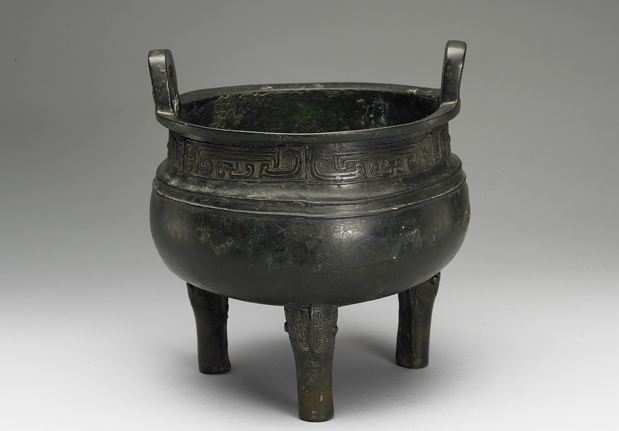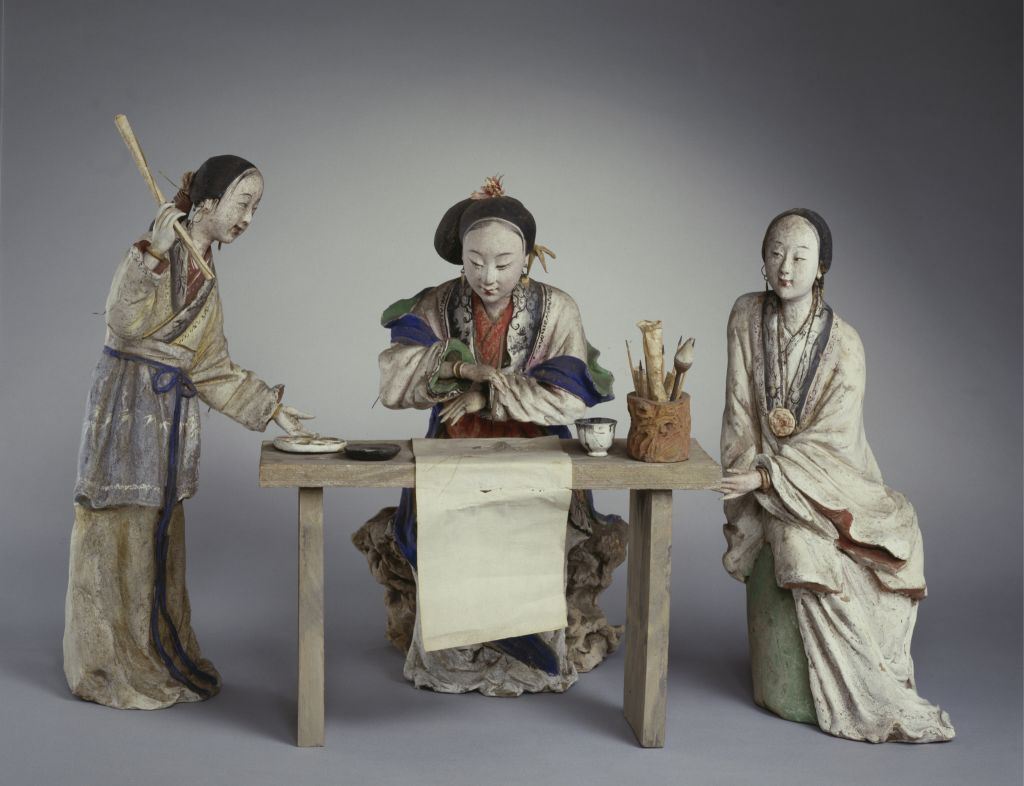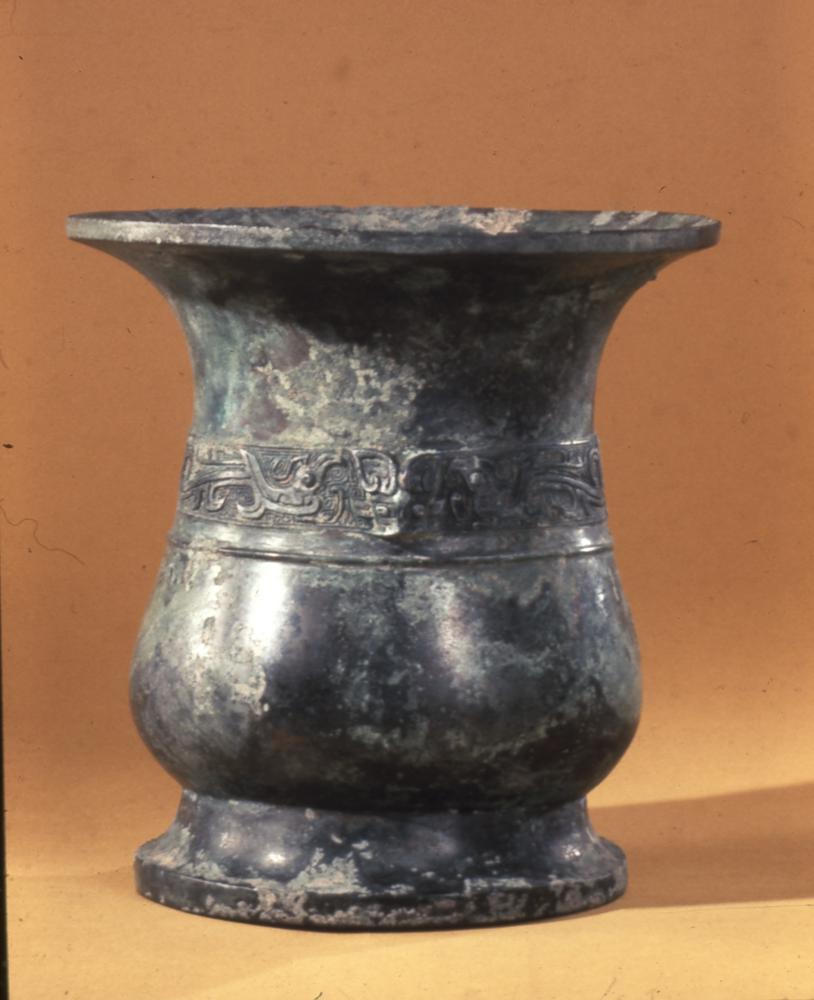[Group Seal of Emperor Jiaqing’s “Sanxi Tang Jingjian Seal”]
Group Seal of “Sanxi Tang Jingjian Seal”, Jiaqing, Qing Dynasty, Ji Sanfang. “Sanxi Tang Jingjian Seal” is made of white jade, a rectangular seal with animal buttons, and a seal script in Chinese. The face width is 2.3 centimeters, the length is 4.4 centimeters, the overall height is 4.2 centimeters, and the button height is 3 centimeters. “Suitable for descendants”, made of sapphire, has a square seal with a chi button, and is written in Chinese characters. The face is 2.9 centimeters square, the overall height is 2.3 centimeters, and the button height is 1.1 centimeters. “Jiaqing Appreciation”, made of sapphire, has a round seal with a dragon button, and is written in Chinese. It has a diameter of 3.1 centimeters, a through-height of 4.2 centimeters, and a button height of 1.1 centimeters
These three seals are the famous treasure seals of the Jiaqing Emperor, which are used together and stored in a red sandalwood box. The three seals are mainly stamped on the calligraphy and painting works recorded in the three editions of “Shiqu Treasure Collection” and “Secret Hall Pearl Forest”. The specific usage is clearly explained in the “General Rules” in the three editions of “Shiqu Treasure Collection” and “Secret Hall Pearl Forest”: All ancient and modern official works, calligraphy and paintings are used as “Jiaqing Imperial Treasure”, “Jiaqing Appreciation”, “Sanxi Hall Elite Seal”, and “Suitable for Descendants”. It can be seen that the “Jiaqing Appreciation”, “Sanxi Tang Jingjian Seal”, and “Suitable for Descendants” seals of Emperor Jiaqing are stamped on the calligraphy and painting works of ancient and modern officials and workers recorded in the three editions of “Shiqu Baoji” and “Secret Palace Zhulin”. Obviously, the set of precious seals of Emperor Jiaqing is completely copied from the group of seals of Emperor Qianlong’s “Sanxi Tang Jingjian Seal”, but there are still subtle differences between the two, which is one of the most obvious signs of identifying the bibliographic situation of the Qing Palace calligraphy and painting collection
![图片[1]-Group seal of Emperor Jiaqing’s “Sanxi Tang Jingjian Seal”-China Archive](https://chinaarchive.net/Warring States period/seal /53171[1024].jpg)
![“宜子孙”钤本 图片[2]-Group seal of Emperor Jiaqing’s “Sanxi Tang Jingjian Seal”-China Archive](https://chinaarchive.net/Warring States period/seal /55730.jpg) “宜子孙”钤本
“宜子孙”钤本![“嘉庆鉴赏”钤印 图片[3]-Group seal of Emperor Jiaqing’s “Sanxi Tang Jingjian Seal”-China Archive](https://chinaarchive.net/Warring States period/seal /53178[1024].jpg) “嘉庆鉴赏”钤印
“嘉庆鉴赏”钤印





